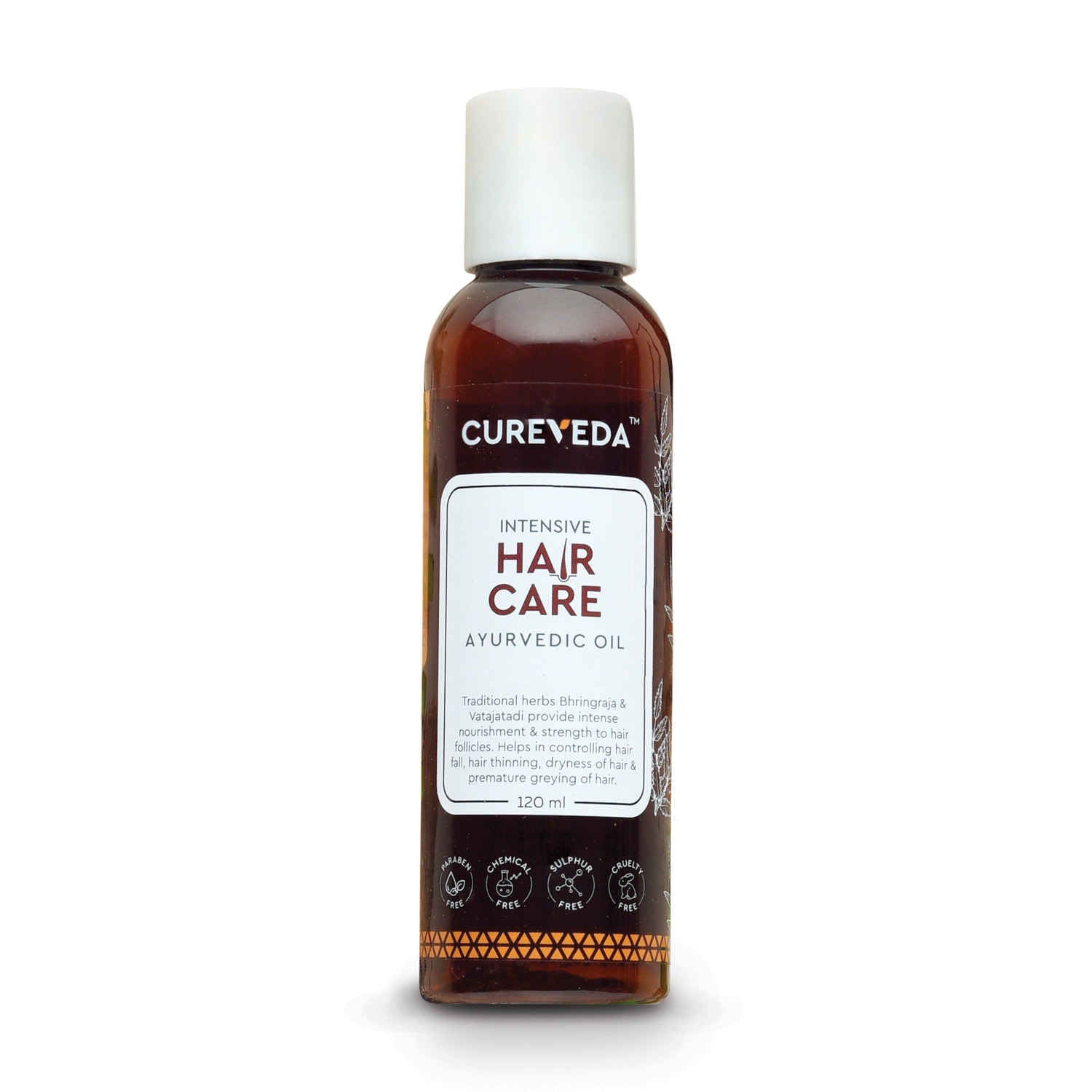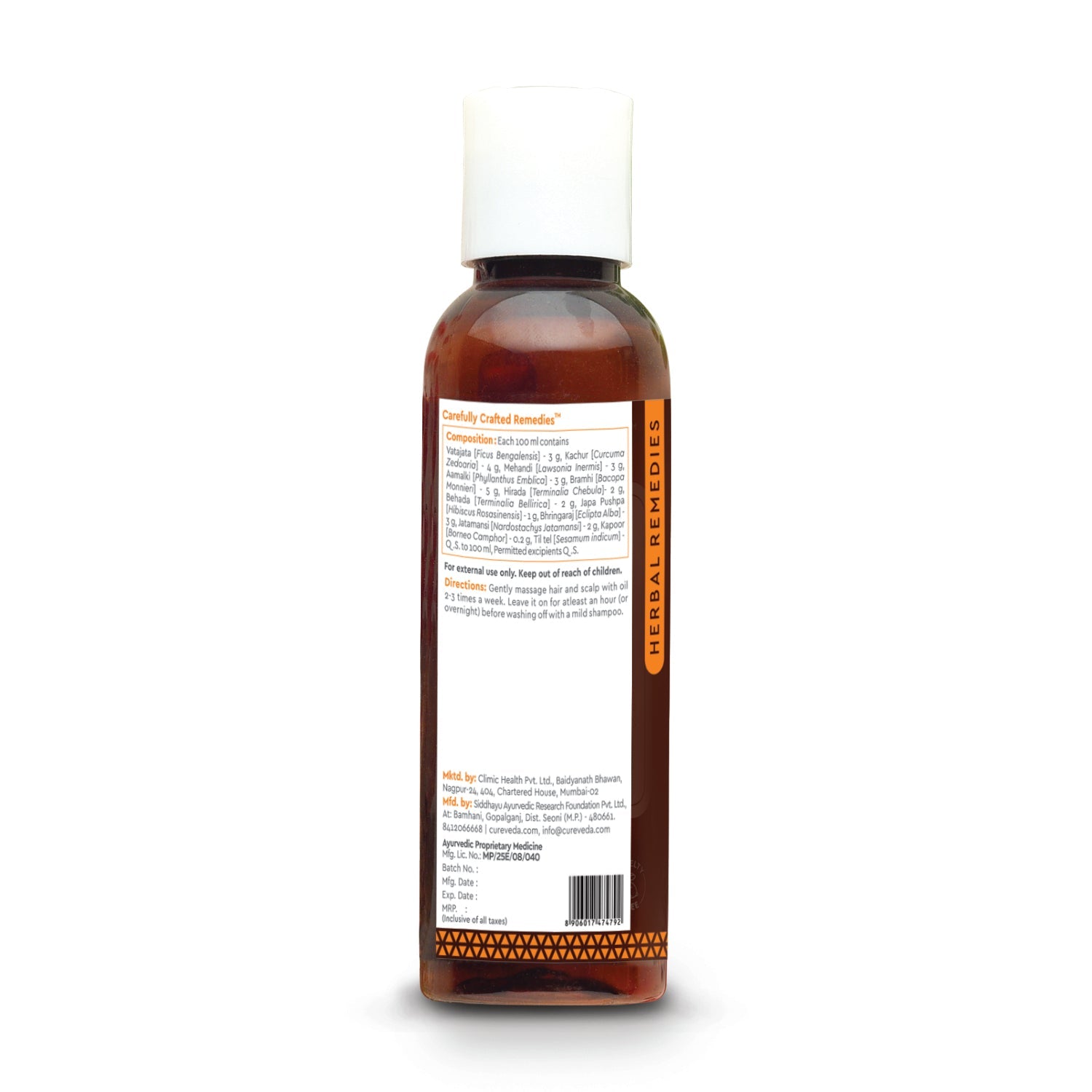Kesha (Hair) | Hair Care Products | Hair Fall Treatment
Study of Kesha (Hair) in Different Doshaj – Prakriti
Abstract:
Ayurveda emphasizes comprehensive knowledge of sciences for effective treatment. The Tridosha theory of Ayurveda explains physiological traits and their variations in the body, including hair characteristics. The characteristics of hair vary based on an individual's Prakriti (constitution), influenced by the three doshas: Vata, Pitta, and Kapha. This study aims to understand these variations and their implications for hair health and treatment.
Keywords:
Ayurveda, Dosh-Prakriti, Kesh-Lakshan, Dosh-Dhatu-Mala
Introduction:
Ayurveda emphasizes the holistic understanding of sciences and their application in treatment. Sushrutacharya advocates studying multiple Shastras (sciences) for a comprehensive understanding. According to Ayurveda, illnesses are not just due to infections but also due to the imbalance of the three doshas: Vata, Pitta, and Kapha. Maintaining the balance of these doshas is crucial for health. The Tridosha theory outlines the physiological traits influenced by these doshas, which also determine hair characteristics.
Aim:
To study the characteristics of Kesha (hair) with reference to Doshaj-Prakriti.
Objectives:
To study the characteristics of Kesha (hair) in different Doshaj-Prakriti.
Study Method:
- Kesha and Prakriti: The constitution of an individual, defined by the specific state of Tridosha, is called Prakriti. Hair characteristics depend on the doshas, which are influenced by Prakriti.
Hair Characteristics Based on Dosha Dominance:
-
Vata Dosha:
-
Dry and scanty hair.
-
Rough hair.
-
Hair with split ends and a cloudy (grey) color.
-
Pitta Dosha:
-
Soft, scanty, brownish hair.
-
A tendency of premature graying of hair.
-
Kapha Dosha:
-
Firm, dense, bluish-tinged hair.
-
Silky hair.
-
Long and beautiful hair.
Kesha and Saarata:
-
Rasadhatu Saarata: Individuals possess soft hair.
-
Medasaarata: Proper unctuousness of the body makes hair soft and silky.
-
Rasasaar: Individuals have soft, delicate skin and hair.
Agni (Digestive Fire) and Hair:
- Jatharagni: Controls all Dhatu Agni. Its balance is crucial for hair formation and quality.
Effect of Dosha, Dhatu, and Mala on Hair:
-
Vata: Controls generation, maintenance, and depletion of hair.
-
Pitta: Responsible for luster, softness, and color of hair.
-
Kapha: Ensures stability and unctuousness of hair.
-
Dhatu:
-
Rasa: Provides nourishment.
-
Rakta: Ensures proper blood supply for hair health.
-
Mansa: Improves the quality of the scalp.
-
Meda: Provides unctuousness.
-
Asthi: Maintains hair structure.
-
Majja: Occupies the hollowness of Asthi, preventing Vata vitiation.
-
Shukra: Promotes hair growth.
-
Mala: Nourishes hair and nails from the Kitta part of the food.
Kesha Parikshan (Hair Examination):
- Snigdhata: Shininess.
- Rukshata: Dryness.
- Varna: Color.
- Ghanata: Density.
- Alpata: Sparseness.
- Kutilta: Curliness.
- Pingalatva: Brownness.
- Sthirata: Stability (less shedding).
- Sphutitata: Split ends.
- Parushata: Roughness.
Observed Results:
The results showed a correlation between hair characteristics and Doshapradhanya (dominance of doshas) rather than just Prakriti. In individuals with dual dosha dominance (Dwandwanj Prakriti), the hair characteristics were influenced by either of the dominant doshas.
Conclusions:
- Ayurvedic assessment criteria for hair follow the rules defined by Tridosha.
- Hair characteristics are influenced by the doshas present in an individual.
- Modern assessment criteria show specific distribution of findings in individuals with Kaphaj Prakriti. However, for individuals with Pittaj, Vataj, and Dwandwanj Prakriti, the results can be slightly confusing.
- Patterns found in hair characteristics are influenced by the individual's dosha rather than Prakriti alone, indicating the need to use multiple body structures for accurate Prakriti determination.
References:
- Ashtang Hridaya by Kaviraj Atri Dev Gupta, Chaukhambha Prakashan, Varanasi, 2007.
- Susruta Samhita by Kaviraj Ambika Dutta Shastri, Chaukhambha Sanskrit Sansthan, Varanasi, 2009.
- Charak Samhita by Dr. Brahmanand Tripathi, Chaukhambha Surbharati Prakashan, Varanasi, 2004.



 Shop All Products
Shop All Products




